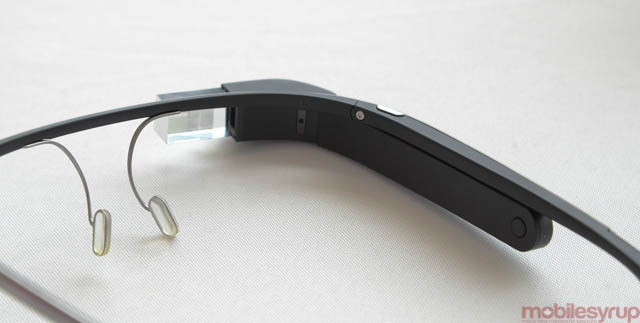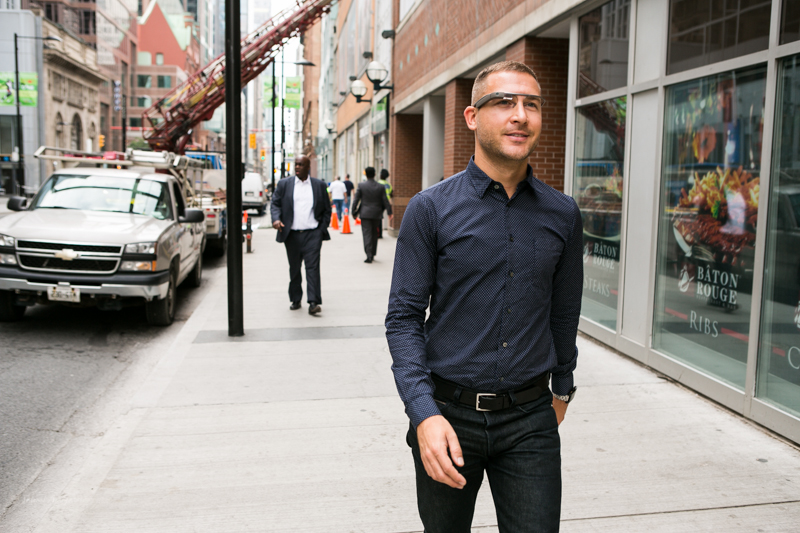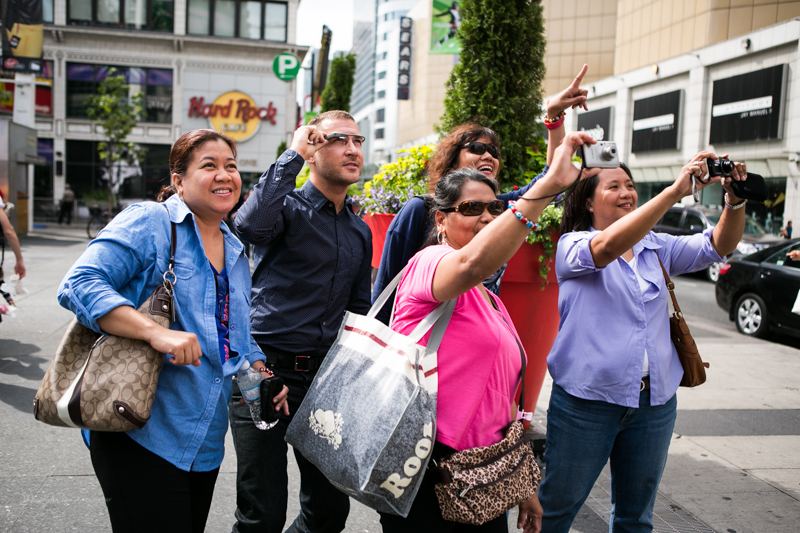
This isn’t the headline you’d probably expect me to write about Google Glass — at least not lately, with news that Google has killed off the failed device. Well, I’m here to set the record straight: Google’s first wearable didn’t fail. In fact, I’d argue that it was the most important wearable of 2014.
First off, let’s tackle the recent Glass news. On January 15, Google communicated Glass was “graduating from Google[x] labs,” explaining that the open beta Explorer program would officially be closed on January 19. The post also explained that this was not the end for Glass and that Google will be “continuing to build for the future, and you’ll start to see future versions of Glass when they’re ready.” Subsequently, we found out that Google Glass is being transitioned to an independent division which will report into Tony Fadell, CEO of the popular smart thermostat Nest, and one of the creators of the iPod. All good signs that Google is getting ready to make Glass a real consumer product.
The most important thing to remember about Google Glass up until this point is that it was a project out of Google[x], an experimental facility of Google that prides itself on “moonshot” ideas, which have included working on space elevators, teleportation and hoverboards. Project Glass was an experiment, and those wearing the device (Explorers) its subjects.
Viewing Glass as an experiment changes all expectations of this device. An experiment is expected to end. It has an objective to test with results to analyze. And most importantly, it allows the experimenter to draw conclusions which can then be used for other purposes. With Glass as an experiment, Google tested what would happen if people wore a computer on their face by equipping pioneers, or Explorers, and using the world as a real-time lab. Using what they learned Google can now, as Google CFO Pichette put it on Google’s most recent earnings call, “take a pause and take the time to reset their strategy.”

As one of these Explorers, I voluntarily purchased Glass understanding it was in beta. My journey with Glass began more than a year a half ago, and during this time I’ve personally discovered some killer use cases for the device, such as taking pictures with a blink, or being able to look at a sign in another language and have it magically translate to English. I’ve also experienced other peoples’ wonder upon wearing Glass, as well as uncomfortable reactions to being its unwitting subject. Despite the fact that my Glass use has waned these past few months — in fact, I hardly wear it out of the house at all — there hasn’t been one day that I’ve regretted the $1500 purchase. Google promised I would be able to explore with Glass and it delivered on the promise.
And it’s in this same way that I feel the word “fail” isn’t accurate when it comes to Google Glass. Glass as a product can’t be dead; it was never alive. And Glass as an experiment can’t fail because the objective of an experiment is to test, analyze and draw conclusions. How Google will use these conclusions to roll out the next iteration of Glass how it will be judged.
Viewing Glass as an experiment changes all expectations of this device.
Now, that isn’t to say that I agree with the major messaging inconsistencies Google put out. Google, perhaps intentionally, started to blur the lines between Glass as a program and a product soon after it expanded the beta program. The fact that they dropped the word “Project” from its marketing and started to just call it “Google Glass” didn’t help matters much. Nor did the mysterious barges, physical stores in select cities, and finally opening up the program to anyone who had the money to buy it. I can see where all the confusion came from.
Why then do I think Google Glass was the most important wearable of 2014? Well, I have to answer this from both an industry-wide and personal level. Industry-wise, Glass may have had few users, been overpriced and inconsistent with fashion and privacy, but it did one thing very well, and that was create a tremendous amount of buzz and awareness.
We wouldn’t be as far along in the wearable tech conversation if Google had tested Glass in a lab rather than through its open Explorer program. Glass helped bring the wearable conversation to a head (pun intended) and forced us to start having some serious conversations. From the never-ending privacy concerns that came with wearing a camera on one’s face, or the social stigma that coined the term Glasshole, to improving the lives of people with disabilities, Google’s first wearable brokered discussions which will help pave the way for the next wave of wearable tech.
For example, Glass identified a couple of areas where wearables, smart glasses in particular, seemed to succeed naturally. It became clear early on that Glass was becoming an extremely useful tool in the enterprise, so much so that Google created its Glass at Work program back in June of last year. Partners such as APX Labs, Augmedix, and Wearable Intelligence all raised venture capital funds last year to use Glass as an efficient, safe and hands-free workplace tool.
Travel was another lucrative pocket for Glass. Hospitality companies such as Starwoods and Virgin Atlantic used Glass to improve the guest experience, and there were many apps that turned Glass into a tour guide (Field Trip) and real-time translator (WordLens and Captioning for Glass).

On a personal level, Glass helped me move faster and deeper into this wearable world in which I immerse myself, opening doors and opportunities that may not have been as easy to access without wearing a computer on my face. Many of my first published articles on MobileSyrup were about my experiences as a Google Glass Explorer. I’ve had the chance to demo Glass to a number of companies and media outlets, and speak about my experiences. My futuristic specs always attracted a crowd at networking events, and give everyone an immediate icebreaker, allowing us to all have some pretty interesting conversations rather than the usual small talk.
Glass opened up our eyes to a whole new world.
Glass was also one of the catalysts which pushed me to create a community around wearable tech. As one of ten or so Canadian Google Glass Explorers at the time, I decided to put together an event where the city of Toronto could come to me to try out Glass, rather than being stopped randomly on the way to a meeting to explain and demo the device. What started as 150 people in Toronto has now grown to one of the largest wearable communities in the world, with chapters in Toronto and Chicago.
Outside of giving us access to the tech, the Explorer program also unified a bunch of like-minded people who were willing and excited to test out a new wave of computing. From artists to doctors and everyone in between, I have met some fascinating people, many of whom have gone on to become major influencers leading and shaping the wearable tech conversation.
But most importantly, for me and for the rest of the Explorers and those that took the journey with us, Glass opened up our eyes to a whole new world. One where we aren’t craning our necks looking down at a screen. One where we can capture moments with minimal disruption, from a first-person perspective. And one which begins to merge the digital with the physical in ways we previously thought weren’t possible.
The Glass experiment may be over, but this sense of wonder and hunger for the future hasn’t gone away; it’s only gotten stronger.
This article originally appeared on our startup news site, BetaKit. Non-featured photos courtesy Shlomi Amiga
MobileSyrup may earn a commission from purchases made via our links, which helps fund the journalism we provide free on our website. These links do not influence our editorial content. Support us here.


